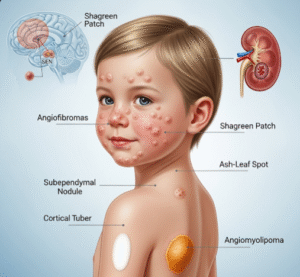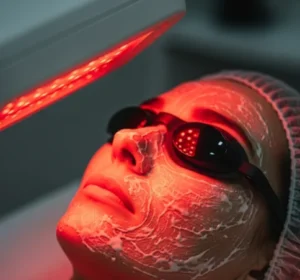Overview
Sickle cell anaemia is a genetic blood disorder that affects the shape and function of red blood cells, causing them to become rigid and crescent-shaped. While sickle cell disease (SCD) is rare in Korea due to its genetic distribution being more prevalent in African, Middle Eastern, and some Mediterranean populations, the Korean medical system is equipped to diagnose and manage it in affected individuals, especially among multicultural or immigrant populations.
What is Sickle Cell Anaemia?
Sickle cell anaemia is the most severe form of sickle cell disease, a group of inherited red blood cell disorders. In healthy individuals, red blood cells are round and flexible, allowing them to move easily through blood vessels. In those with sickle cell anaemia, abnormal hemoglobin (HbS) causes red blood cells to become stiff, sticky, and shaped like sickles or crescent moons.
These abnormally shaped cells can block blood flow, leading to pain, organ damage, and other complications.
Symptoms
- Chronic anaemia (fatigue, pallor)
- Episodes of severe pain (sickle cell crises)
- Swelling in hands and feet
- Frequent infections
- Delayed growth or puberty
- Vision problems
- Shortness of breath
- Jaundice (yellowing of skin or eyes)
Causes
Sickle cell anaemia is caused by a mutation in the HBB gene, which provides instructions for making hemoglobin. It is inherited in an autosomal recessive pattern, meaning a child must inherit two defective copies (one from each parent) to have the disease.
People with only one mutated gene are carriers (sickle cell trait) and usually do not show symptoms but can pass the gene to offspring.
Risk Factors
- Having parents who both carry the sickle cell gene
- Family history of sickle cell disease
- Ethnic background (most common in people of African, Indian, Middle Eastern, and Mediterranean descent)
- Multicultural births or international marriages in Korea may slightly increase the occurrence
Complications
- Stroke
- Acute chest syndrome (life-threatening lung condition)
- Pulmonary hypertension
- Organ damage (kidneys, liver, spleen)
- Leg ulcers
- Gallstones
- Priapism (painful, prolonged erections)
- Increased risk of infections
- Vision loss
Prevention
There is no way to prevent sickle cell disease in people already born with it, but certain steps can help reduce complications:
- Genetic counseling and testing before pregnancy
- Carrier screening in multicultural couples
- Newborn screening in high-risk populations
- Healthy lifestyle choices (hydration, avoiding high altitudes and extreme temperatures)
Treatment Options in Korea
Diagnosis
Although rare in the Korean population, diagnosis is possible through:
- Hemoglobin electrophoresis
- Genetic testing (HBB gene sequencing)
- Complete blood count (CBC)
- Newborn screening (for families with known risk)
- Prenatal testing (if parents are carriers)
Medical Treatment
- Hydroxyurea – A medication that reduces pain crises and the need for transfusions
- Blood transfusions – Regular transfusions to treat or prevent complications
- Pain management – NSAIDs, opioids, and hydration during crises
- Antibiotics and vaccinations – To prevent infections
- Folic acid supplements – To aid red blood cell production
- Bone marrow transplant (BMT) – The only potential cure, considered in severe cases
Advanced Care
- Gene therapy trials – Available in selected international research collaborations
- Chronic disease monitoring – Through specialized hematology units













